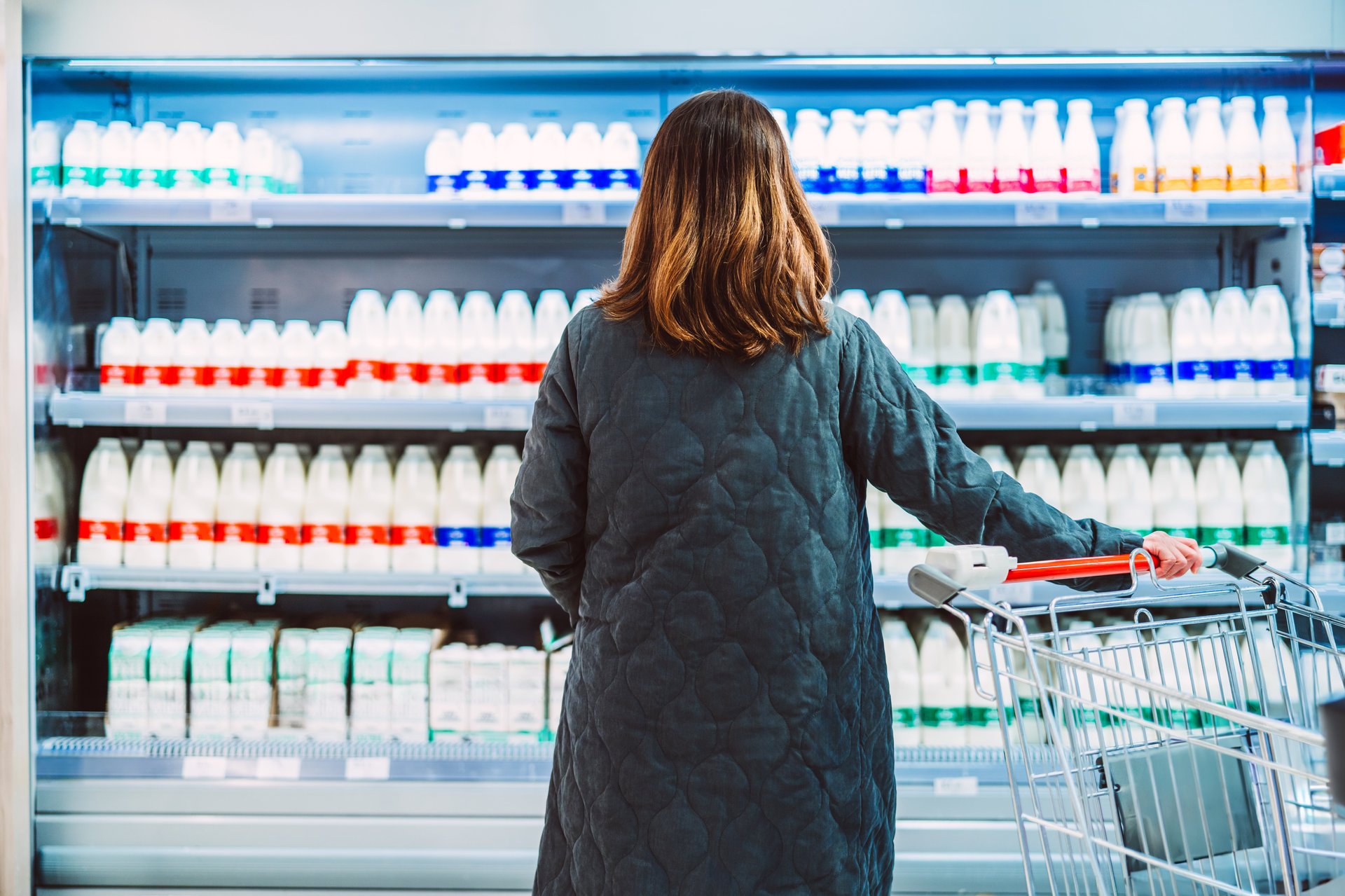Egg prices keep rising. Milk could be next
Some are warning of a "milk apocalypse" in 2025 — though experts might disagree

The high price of eggs has consumers balking, grocery stores placing limits on what people can buy, and thieves treating them as if hen eggs were Faberge.
Suggested Reading
Milk may soon face the same fate, as some experts see a perfect storm of lower estimates for milk cow inventories and lower expected milk production per cow. On top of that, six dairy herds in Nevada have tested positive for a new variant of the H5N1 bird flu virus, which has been found to cause severe infections in humans, according to the Nevada Department of Agriculture.
Related Content
Even before the outbreaks were detected, the USDA was warning of “higher price forecasts for dairy products in 2025,” with the price forecasts for Class III milk, which is used for cheese , and Class IV, used for butter, both growing.
Kroger (KR) supermarket, which is based in Ohio, is currently advertising a gallon of whole milk for $2.79, while Hannaford’s of Maine has one at $2.59.
According to the latest World Agricultural Supply and Demand Estimates (WASDE) Milk Production report, lower milk cow herd numbers and reduced milk output per cow are dimming production prospects in 2025. “The 2025 outlook reflects slower growth in milk production per cow, signaling potential challenges ahead for producers,” reads the WASDE report.
Amanda Oren, VP of Industry Strategy for Grocery, North America, at Relex Solutions said that decreased supply of milk will likely continue to put upward pressure on milk prices in 2025. By how much is still unknown.
“Over half of U.S. dairy exports go to Canada, Mexico and China, meaning tariffs and a potential trade war would negatively impact the U.S. dairy industry’s competitiveness,” Oren said. “These changes can affect the supply and demand dynamics, influencing milk prices and the profitability of dairy farms.”
She also cited bird flu as a variable.
“Bird flu has been detected on some dairy farms. However, the milk is still safe to be sold due to the pasteurization process, so supply should not be impacted significantly as a result,” Oren said.
Regardless of tariffs or flu, the trend is lower production.
“There has been a decline in milk production consistently for over a year now, marking one of the longest declining streaks in recent history,” Oren said, attributing the decline mostly to a shrinking cow population. This can be attributed to the rising cost of dairy heifers, the consolidation of dairy farms, and increased competition from plant-based milk alternatives.
Still, Oren said the cost of milk — barring any macroeconomic shocks — is predicted to increase by 1-2% in 2025, which would only have a marginal impact on consumer-facing prices.